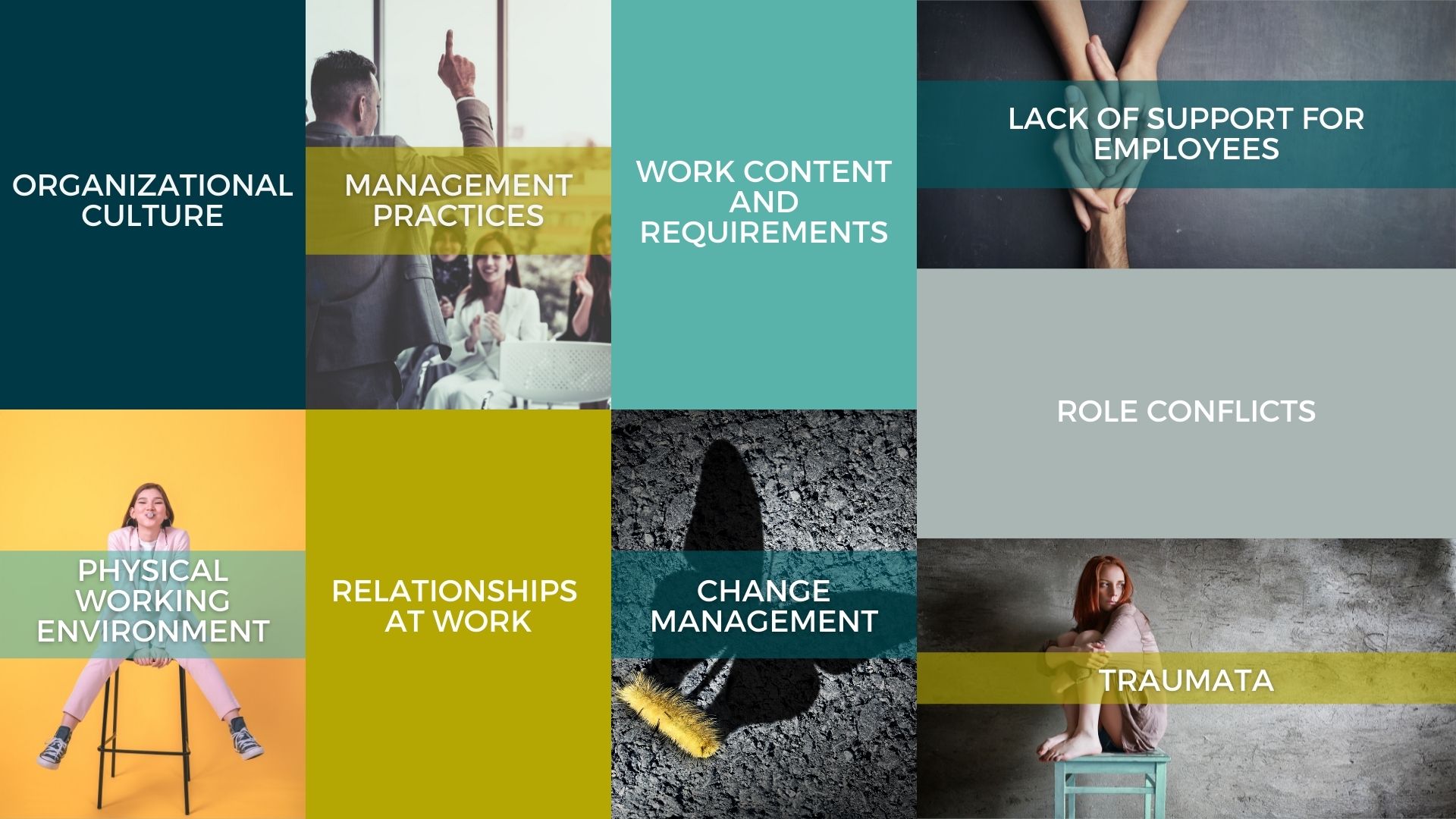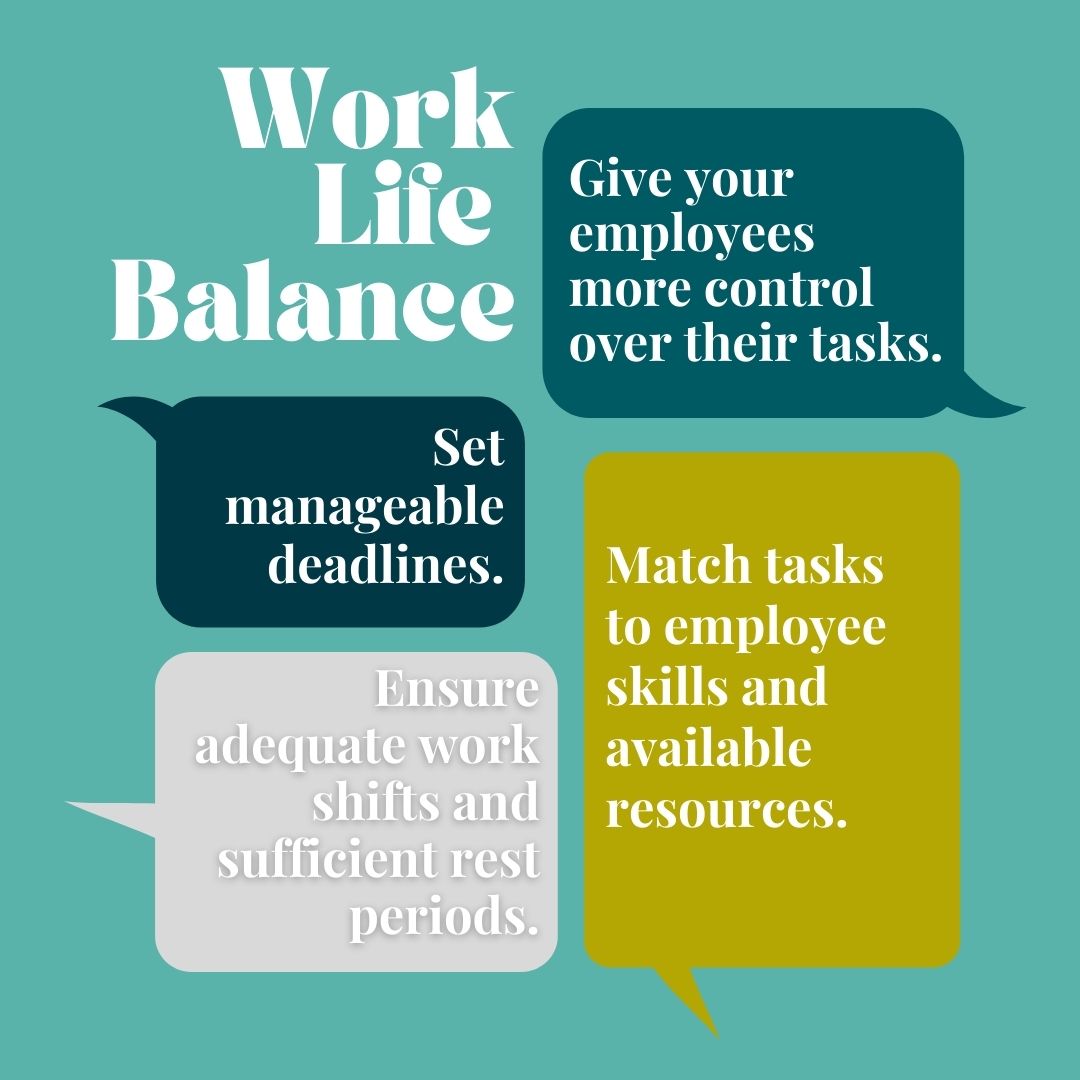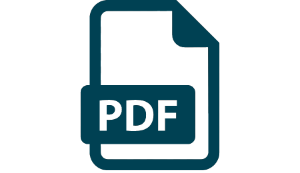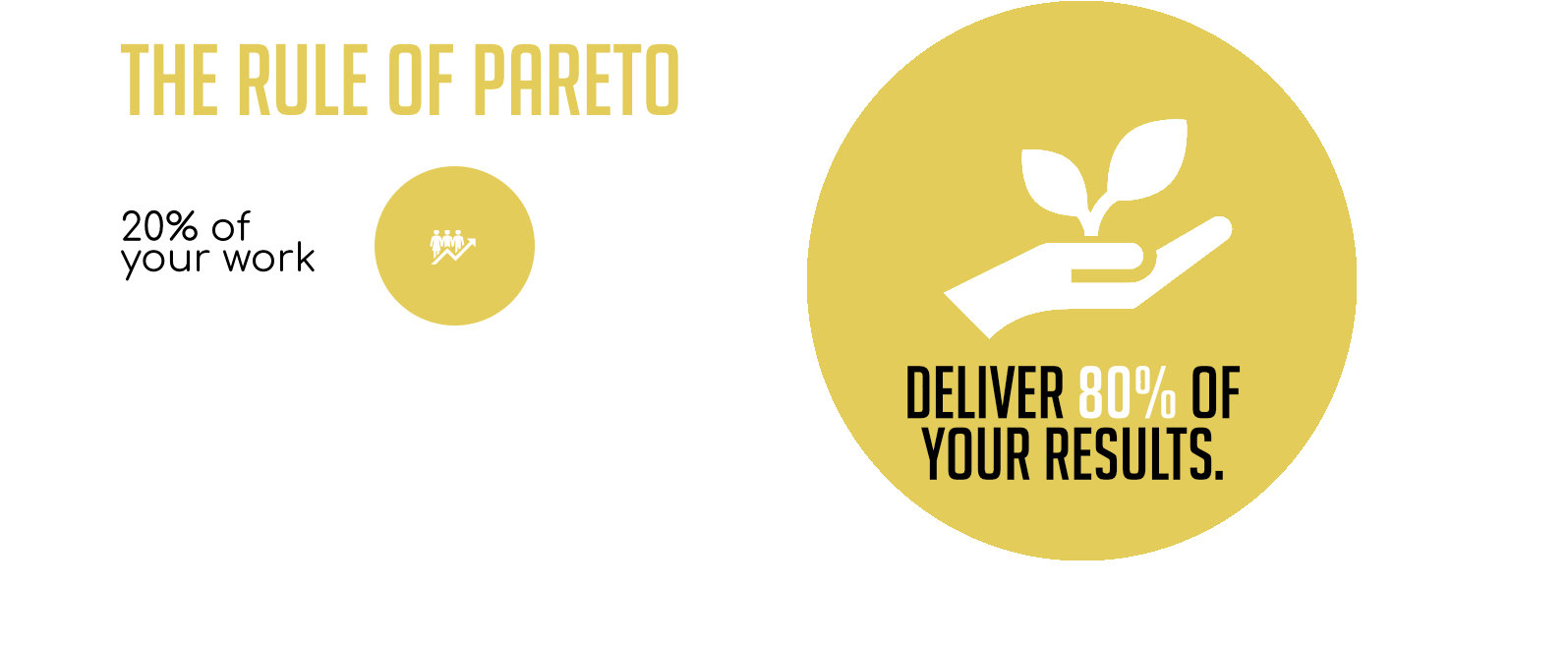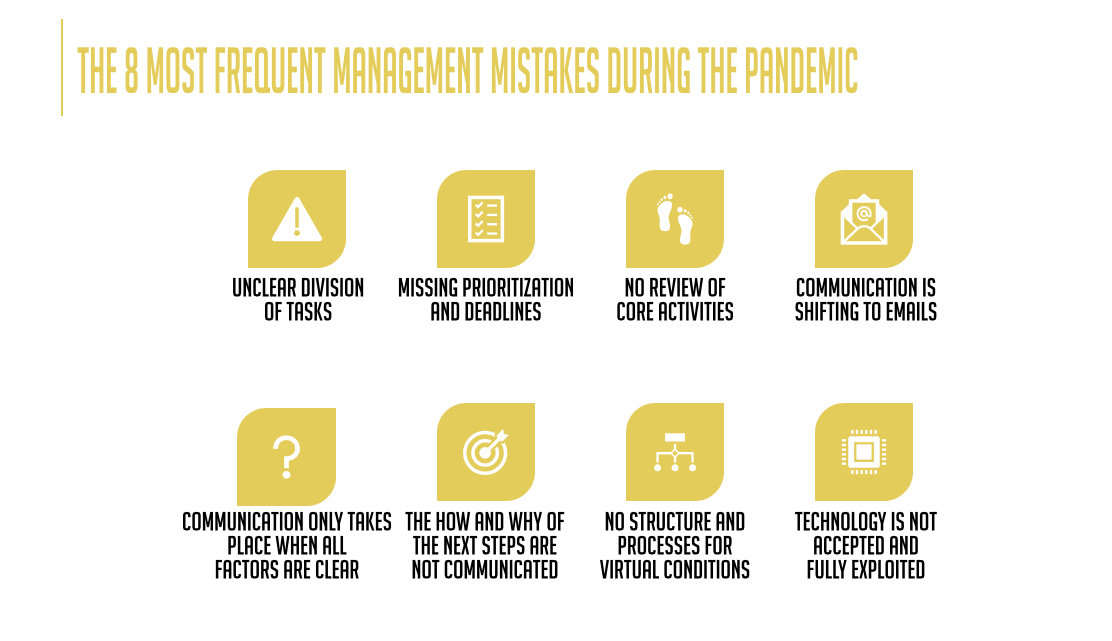Leading in crisis
This article appeared in an abridged version on forbes.com.
In Chinese, the character for crisis is made up of two parts. The first can be translated as danger, the other as opportunity. We find both qualities in crises. Not all crises are opportunities, but more than we think.

„Between stimulus and response there is a space. In that space is our power to choose our response. In our response lies our growth and our freedom.”
Viktor Frankl
When we recognize that in all of life’s struggles we are empowered and not helplessly at the mercy of fate, valuable perspectives and options for action can emerge.
Why it is more important than ever for leaders to engage in crisis management
Leaders have a responsibility to ensure the well-being and continuity of the systems they lead. This duty weighs heavily, but you can prepare accordingly in advance. Believe me when I tell you that you already have everything you need for this within you today. For sure, you are much more crisis-proof than you suspect.
Make a list
- Which life crises have you already overcome?
- How did you overcome them?
- What have you learned?
- How do you transfer what you learned to the here and now?
The World Economic Forum (WEF) conducted a survey[1] in 2022 to survey global risks. Respondents included academics, leaders, government officials, civil society individuals, and thought leaders. The WEF report covers human suffering, societal disruption, economic shocks, environmental degradation, and political instability. The climate crisis and its ecological consequences dominate the WEF’s list. Even more, nearly half of all respondents (41.8%) said they see the outlook for the next three years as constantly fluctuating with many shocks.
It is important to know the difference between crisis and risk management. In corporate practice, the two portfolios overlap. While risk management focuses on how to prevent threats, crisis management focuses on developing action plans for responding to emergencies and executing those plans.
[1] https://www3.weforum.org/docs/WEF_The_Global_Risks_Report_2022.pdf
The 5 essential elements of crisis management can be summarized as follows
Prevent
Identify, avoid, and/or minimize risks and threats
Plan
Developing contingency plans
Inform
A wide range of current information and news must be used. Networks can carry and give good impetus.
Practice
Testing the contingency plans
Execute
Effective execution when needed
Crises put leaders to the test
Crises separate the wheat from the chaff. They test leaders on their leadership skills, creativity and resilience. These skills cannot be learned from a guide or manual. In many ways, successful crisis management for leaders is an intense examination of themselves and the challenging acquisition of necessary skills.

Leaders need confidence in themselves and others
Leaders must be role models within a group, be the rock of the group and make their decisions based on facts. Above all, this requires self-confidence. At the same time, they must be less likely to overestimate or underestimate themselves, they must know where their limits are, what they can take on themselves and when they need to hand over tasks. They must be able to take over, but also to let go. To be able to do this, they need to have a stable personality that can trust in themselves and others.

2 Leaders must be empathetic
Good leaders must have a good sense of their team and recognize what team members need, especially in times of crisis that trigger uncertainty and powerlessness. Empathy is not a nice-to-have, it is a strategic imperative that must be an indispensable leadership quality even away from crises. Empathy is a key driver of innovation, engagement and inclusion. Recent research[1] shows that cultivating empathic leadership is one of the most important strategies for responding to crises. An empathic leader shows (caring) concern and understanding for the circumstances of his or her employees.
[1] https://www.catalyst.org/reports/empathy-work-strategy-crisis/

Leaders must foster creativity
Creativity is the key to getting through a crisis and reorganizing after a crisis. In order to be successful through severe crises Leaders need to discover and use the creativity of their employees. Leaders need to rethink their ideas of what creativity means in order to foster it. Creativity is universal. It is part of being human. Creativity involves the use of our individual imaginations, the ability to share ideas and interpret the world around us. Promote a culture that reinforces diversity. People want to hear others’ ideas so they can inspire or sharpen their own. But above all, encourage your own creativity. Paint, tinker with a model train, do a puzzle and let your thoughts run wild. Creativity expands the scope of action and allows ideas to mature like an incubator, promotes associative thinking and relaxes.

Leaders must (be able to) communicate
Especially in times of crisis, it is of particular importance for leaders to communicate with everyone at all levels. Clearly, calmly, factually. It is also possible to communicate what is still uncertain or in the decision-making process. Especially in uncertain times, your employees want to know what is coming up and it is reassuring to know that you are actively dealing with these problems. A “I don’t have an answer yet, but I’ll give you feedback as soon as I do” is more confidence-building than beating around the bush or not talking about it at all. Also address your concerns and fears: What is negative, what is interesting, what is a positive benefit from the situation?

Leaders must remain calm
Crises narrow our field of vision, be reinforce prejudices and selective perception of the world. To deal with crises emotionally, our brain tries to simplify as much as possible. The catch? Our room for maneuver becomes narrower. Neuroscientists call this effect “predatory fear”: the less threatened we feel, the more room we have to think through scenarios and act strategically; the more threatened we feel, the less room for action our brain allows. Without our active intervention, we react reflexively, are less creative in finding solutions to problems than under normal circumstances, and explain the world to ourselves more simply and as we like it, but not more truthfully. Therefore, it is important for leaders in threat scenarios to inform themselves more broadly than usual, to be open to facts and other perspectives. And: Leaders should focus on meditation and mindfulness exercises especially when everyone around them is acting in panic. Meditation sharpens skills such as attention, memory, emotional intelligence, social awareness and, most importantly, the inner calm that leaders need to manage crises.
These skills cannot be acquired in a weekend workshop. They require intensive work with oneself, time, patience and, above all, lots of practice. They are not skills that leaders should only pull out of their first aid kit when an emergency occurs. They are the basic skills of great leaders that should be used even in the calmest of winds.
[1] https://www3.weforum.org/docs/WEF_The_Global_Risks_Report_2022.pdf






